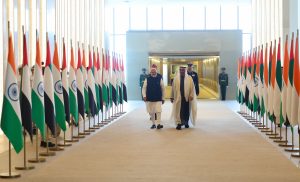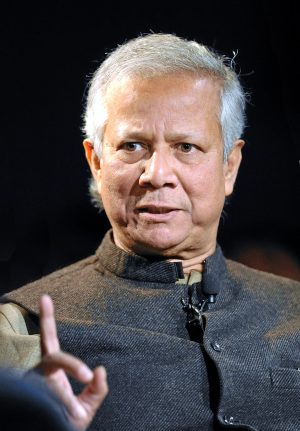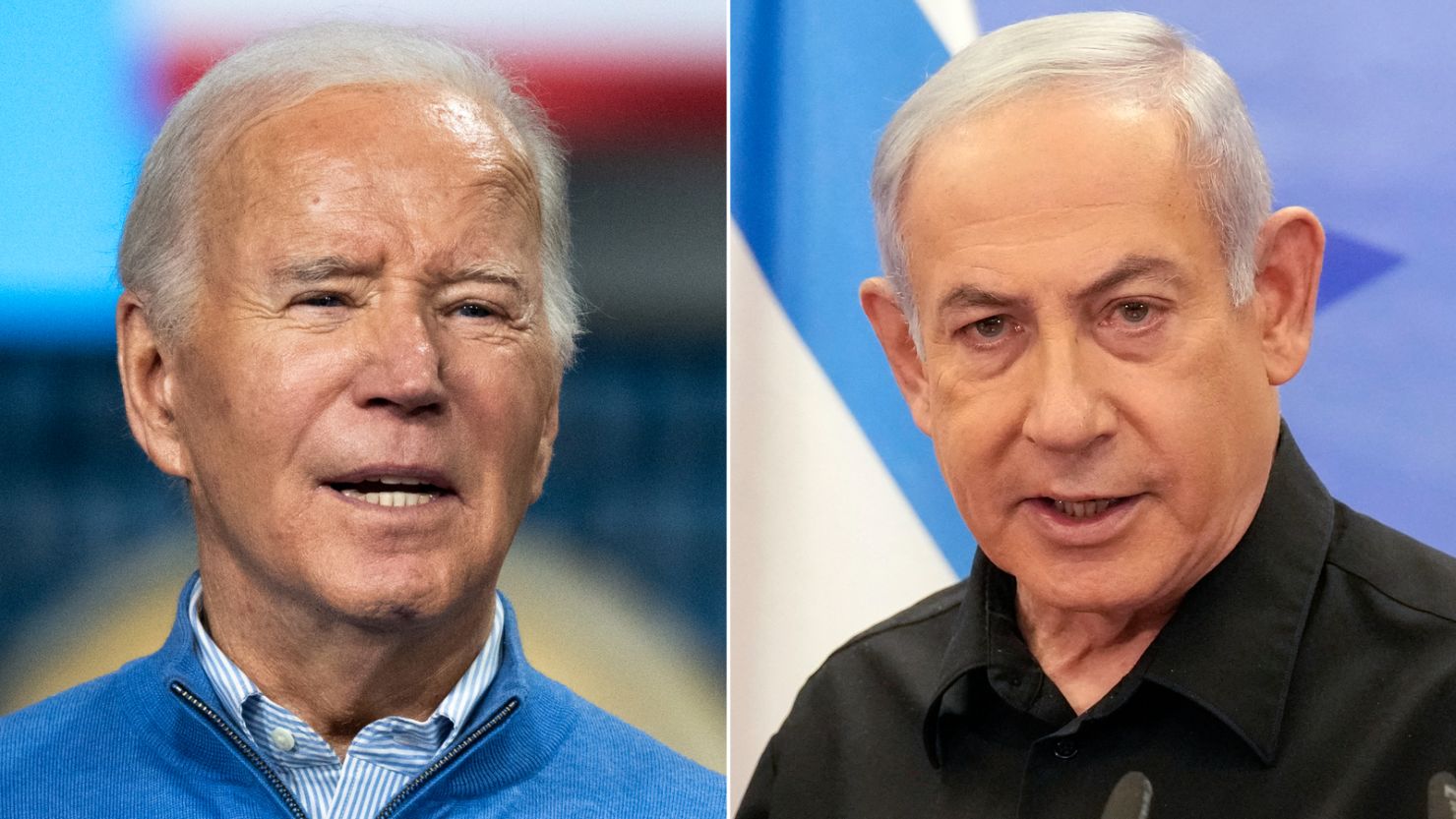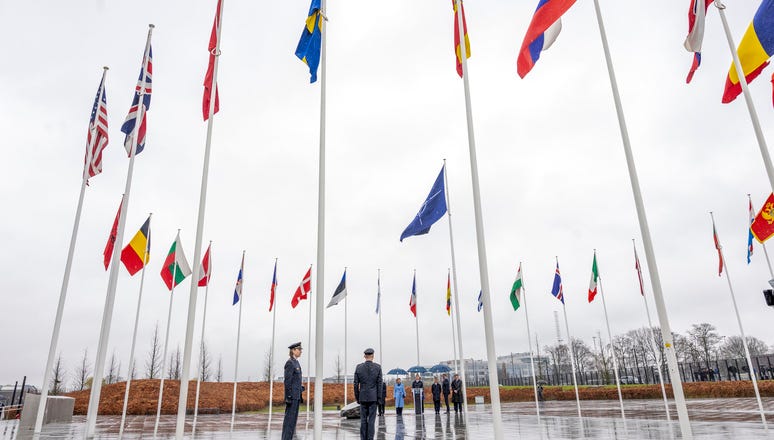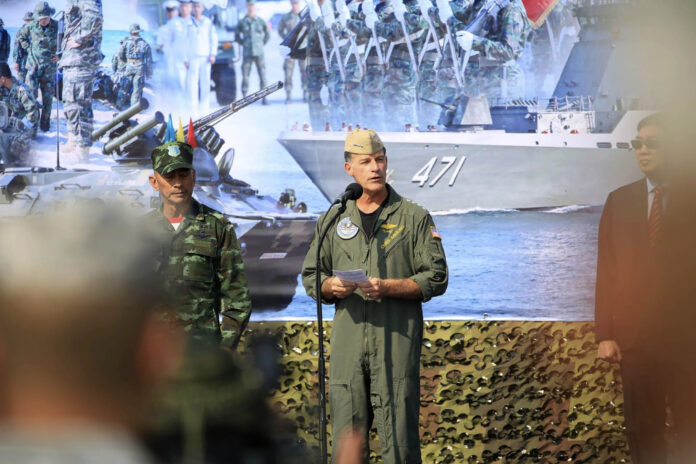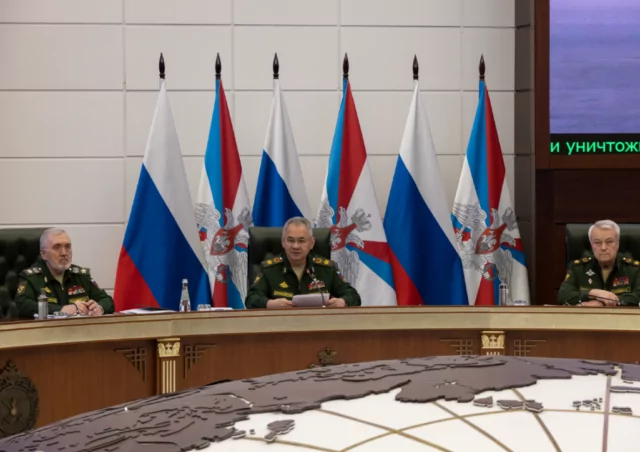Harsh Vasani
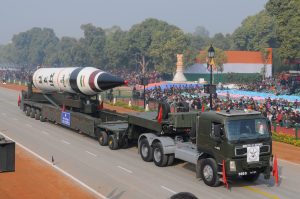
On March 11, 2024, India’s Defense Research and Development Organization (DRDO) tested the country’s maiden MIRV (multiple independently targetable re-entry vehicle) missile using its Agni-V intercontinental ballistic missile (ICBM). The test was code-named “Mission Divyastra” and was carried out from Dr. Abdul Kalam Island, in Odisha, while telemetry and radar stations tracked and monitored multiple re-entry vehicles.
The test displayed the ability of India’s strategic forces to load multiple warheads on a single missile, which can then deliver the warheads inside enemy territory, evading the latter’s missile defense systems. The missile can also carry decoys that can elude countermeasures from the enemy. Moreover, there is an economic rationale to the test since MIRV technology allows multiple warheads to be loaded onto a single, often very expensive, missile – thereby increasing lethality at a cheaper cost.
Analysts point out that MIRV capability strengthens India’s nuclear counterstrike capabilities, gives it the ability to evade any current and future ballistic missile defense (BMD) systems, and allows India’s strategic forces to substitute accuracy for firepower.
The test demonstrates that India’s national security establishment has successfully miniaturized nuclear warheads that can be tipped on ICBMs – this is important to highlight since limited testing, including the 1998 tests, raised questions about India’s ability to design miniaturized warheads. Other elements of the MIRV test are not discussed as much but nevertheless provide insight into India’s evolving strategic thinking.
First, while the MIRV test was designed to showcase India’s second-strike capability, the ability to launch multiple smaller loads on a single missile shows that in case of an attack on India’s CISR (communication, intelligence, surveillance, and reconnaissance) satellites by a hostile power, the DRDO can quickly launch into orbit miniaturized satellites that can act as India’s eyes in the sky. These satellites can be launched to replace damaged satellites and restore crucial communication and surveillance networks. The ability to offset an enemy’s anti-satellite attacks should be seen in light of India’s own space weapons program that was tested in March 2019.

